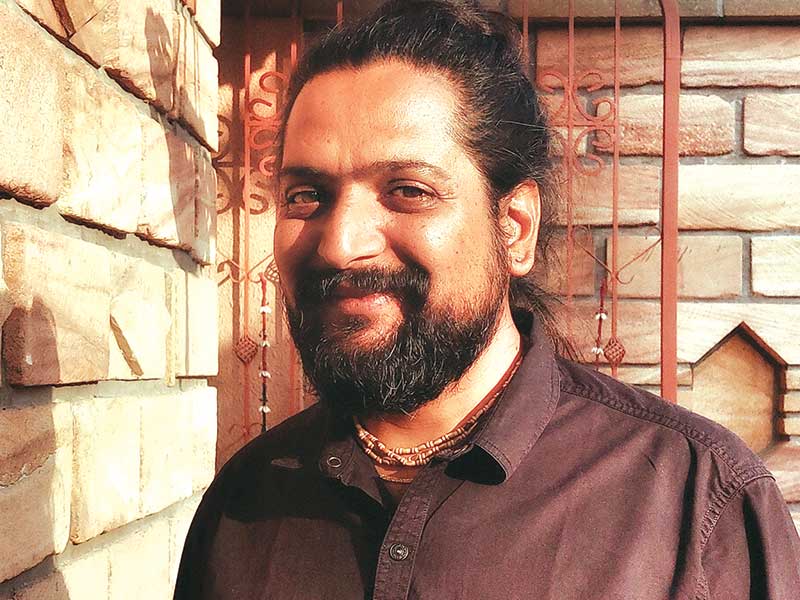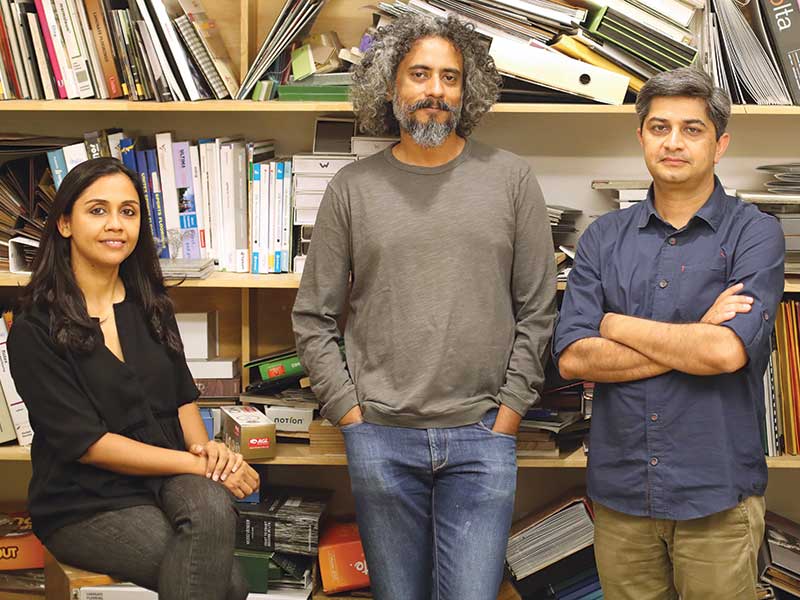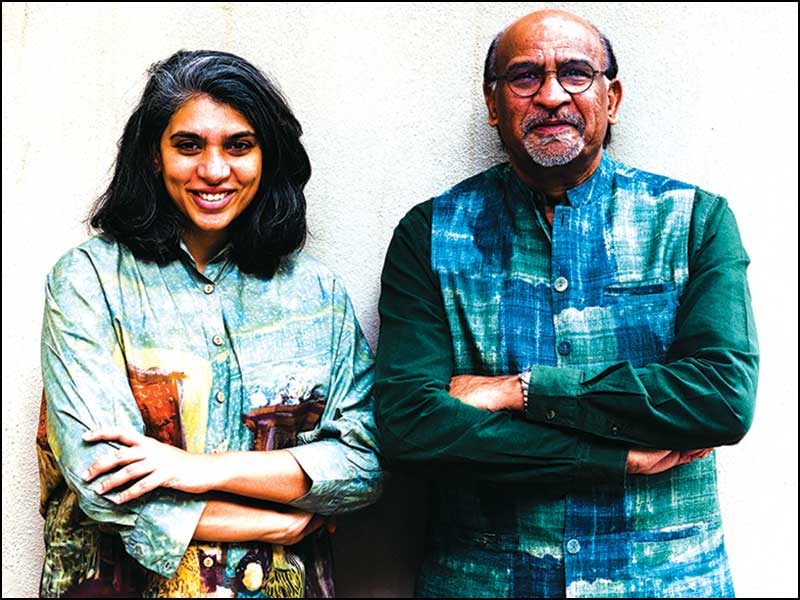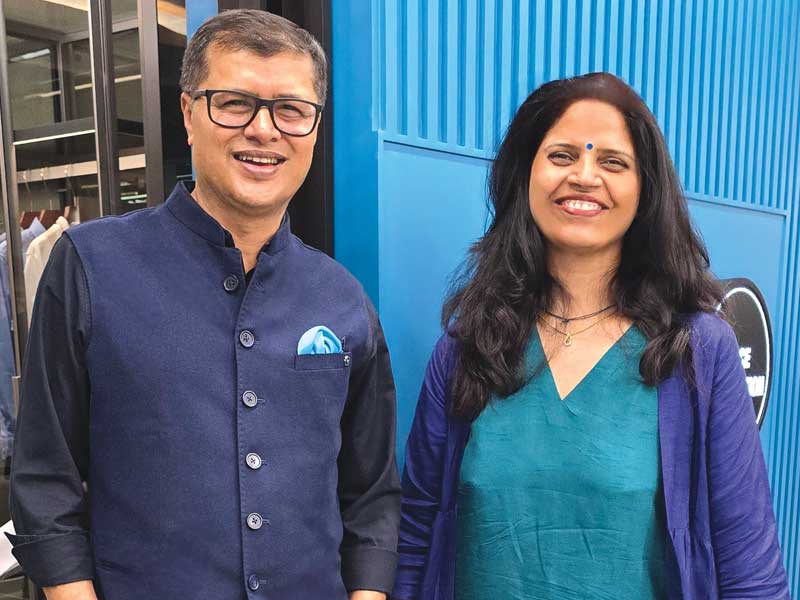
Vernacular architecture almost always has the right answers to all our problems. We have already forgotten that many of our huge irrigation and power dams, which still serve us efficiently, were built with stone and lime mortar and the builders then knew nothing about cement. We should show how modern we can be by using the research which our forefathers have done. Vernacular architecture has been losing ground over the last couple of centuries as modern methods began to prevail. This is unfortunate, since many of the old ways employ simple concepts that are energy-efficient.
One challenge to India’s acceptance of sustainable architecture is the gap between technology and economic condition. There is little sense in spending millions on the best technology to create the greenest of green buildings if very few Indians can associate with them and even fewer can afford. By limiting itself to sustainability that is dependent on technology for solutions, sustainable architecture in India fails to incorporate the critical dimension of social and cultural sustainability without which it may not work in the Indian context. To be environmentally sustainable, architecture would need to also register the social, political, economical and cultural context of India, and offer solutions that are sensitive to its particularities.
I think the time has come to ask ourselves a lot of questions. What does ‘modern’ means? Can’t we go back to the past and carry on with that wonderful history of research and development by applying 20th century knowledge and show love and respect for all that has gone before us?
By being dependent on technology for solutions, sustainable architecture in India fails to incorporate the critical dimension of social and cultural sustainability, without which it may not work in the Indian context
I admire...
Any village house built without help of an architect is a Green Project for me! Village settlements in India often take on the shape and form that is dictated by the climate they are in, or the socio-cultural norms that they are designed to preserve and protect. For example, village settlements in Uttaranchal are often characterized by houses of stone, timber and mud mortar on slopes, with thick stone walls of coarse rubble masonry designed to ward off the cold, with a shelter for animals below the main house (the heat given off by mulch animals heats the house further). In Kerala, village houses are slope-roofed with Mangalore tiles and thatch to draw off and channel the rain. In Assam, the same houses are often built on stilts, the better to counter the often damp ground. In Punjab, whitewash on the outside walls helps to cool down the summer heat. The list could go on, but in each case we see that villages in India’s diverse regions have evolved in a unique way. By responding to the environment, shows an intelligent approach to the problems of climate, and is a delicate balance of social and cultural factors through spatial vocabulary such as walls, courtyards, floors and semi-private, and private spaces.















